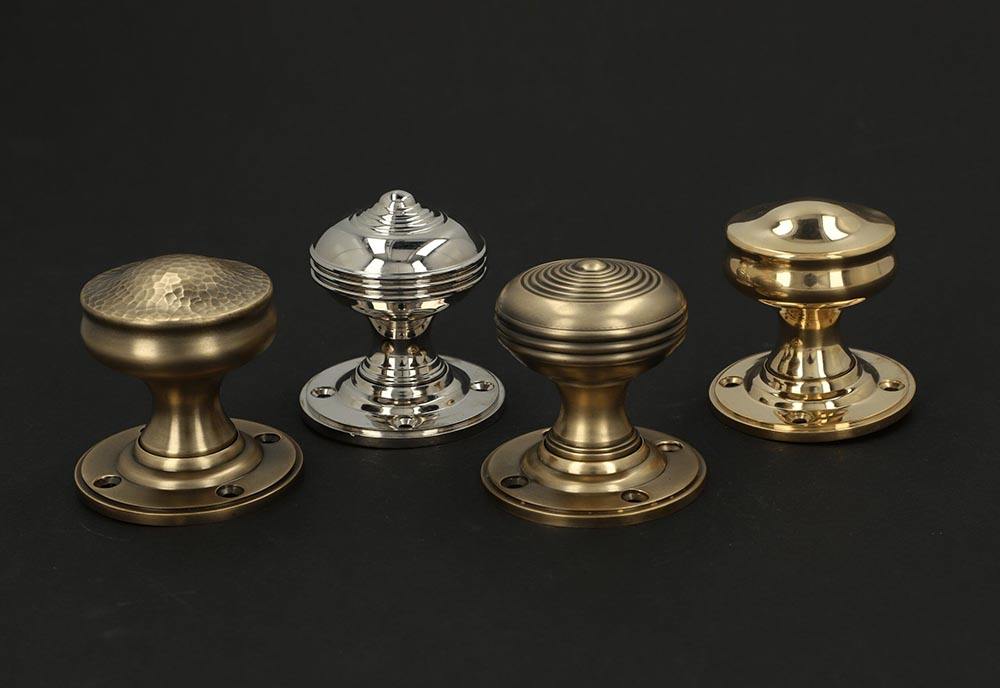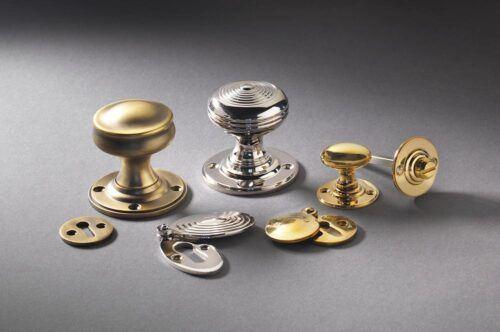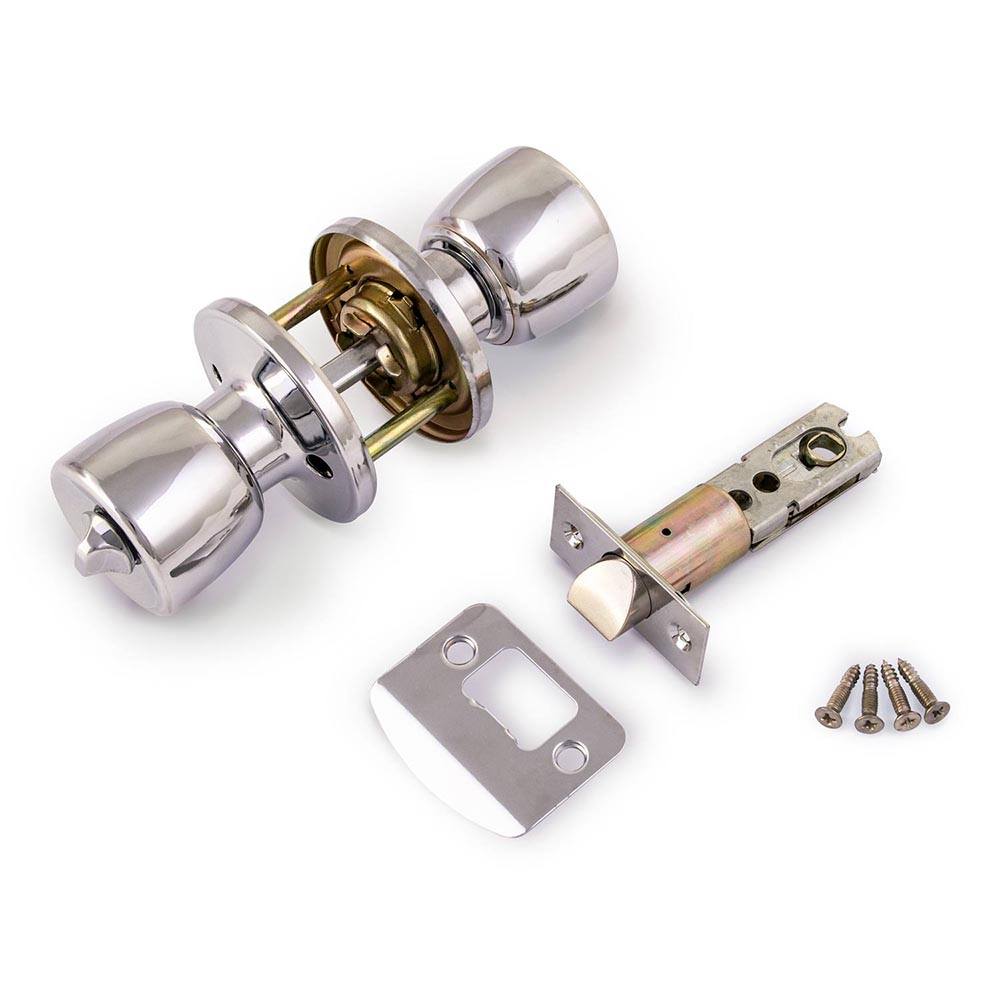Door Knob Buying Guide
8 July 2022 :: How To Guides & Door Handles & Knobs
Door Knob Buying Guide
Useful Guide To Buying The Correct Door Knob
Choosing the correct door knob for your home can make all the difference to your interior design. Here we give you the best advice and tips for making sure you make the right choice and offer a really helpful guide to choosing the best door knob.
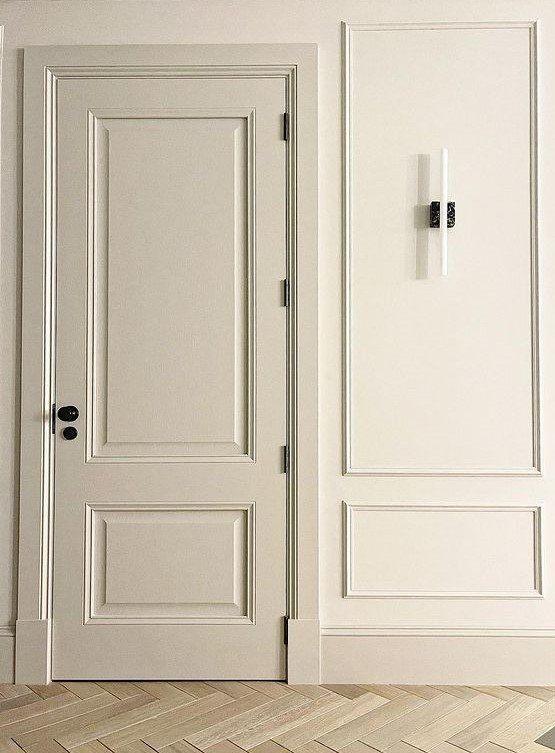
There is a huge range of door knobs available in many styles and finishes, which will allow you to make a fully coordinated choice to match or contrast with your interior decor. The humble door knob comes in lots of different variations so the first thing to consider when buying a door knob is what kind of door knob you require.
1 - Mortice Door Knob
These are supplied as a pair on each side of the door, usually on a matching rose that sits directly onto the door. They are designed to turn, sometimes in both directions, to operate a latch that has been morticed (cut into) the door edge.
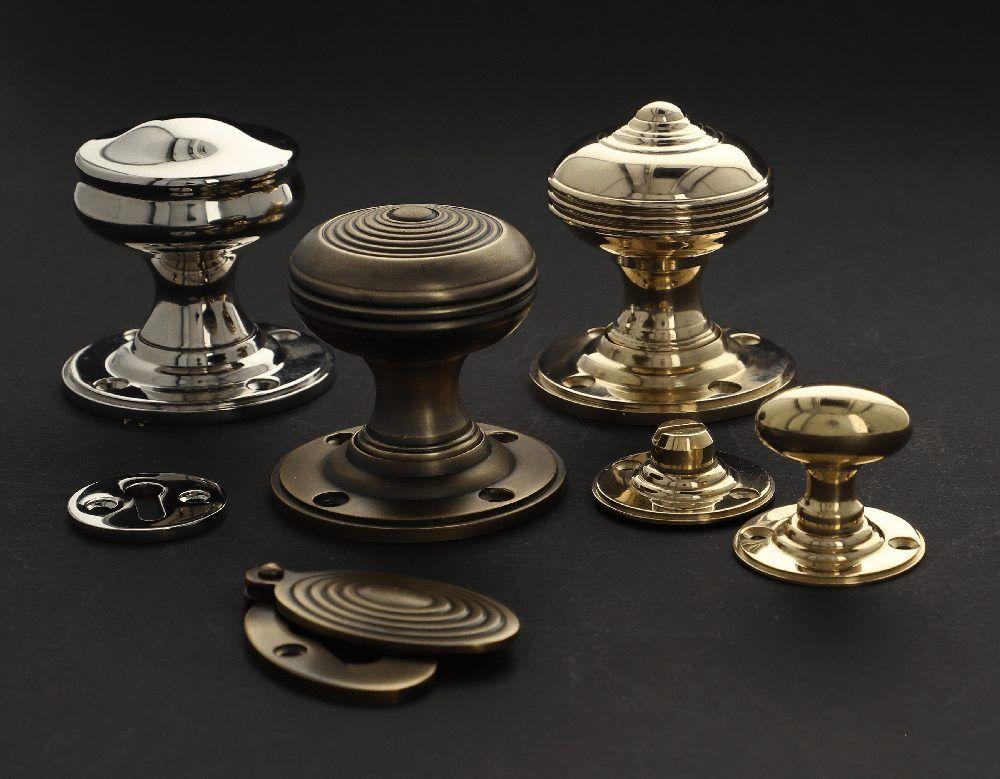
Mortice Door Knobs can be supplied either as Sprung or Unsprung. In some more modern designs, the rose plate is large enough to conceal a spring system inside that helps to return the door knob after each turn. The more traditional designs usually don’t have any spring, and in this case, the knob often turns freely in both directions. When this is the case, the spring return has rot be provided by the mortice latch mechanism inside the door. We always recommend using an architectural quality latch with a good spring for this reason.
2 - Rim Door Knob
Often seen as the most traditional form of Door Knob as these are designed to fit directly onto a Rim Lock. Historically it was much easier to conceal the latch and lock mechanism inside a metal box that was fixed to the door, this was before the advent of mortice latch mechanisms.

Rim Door Knobs are therefore supplied as a pair, but with one of the knobs not attached to a rose backplate, as it is designed to fit straight on to the rim lock. They are usually supplied unsprung. When looking at which door knob to buy, think about matching the rim lock to the finish of the door knob, or just buy as a set like these Alexander & Wilks Rim locks with matching Kershaw door knobs.
3 - Position on the door
The operation of a door knob being turned, means that the door knob must be fitted on a longer latch so that the knob is located further away from the edge of the door. We recommend a minimum backset (distance from the edge of the door) of 57mm, and a preferred backset of 82mm or more.
If a door knob is fitted any closer to the edge of the door, it means that the door knob can’t be turned without jamming fingers into the door frame!
4 - Separate keyhole and thumb-turn
Occasionally door knobs are supplied on a long rectangular backplate, and in these instances the keyhole or thumb-turn can be incorporated into the plate. However, as most door knobs are supplied on a simple round rose backplate, any keyhole or thumb-turn needs to be fitted separately.
Depending on the aesthetics of your design and often the shape of the door, the keyhole can be fitted vertically underneath, or sometimes horizontally in front of the door knob, or slightly offset, depending on the latch and lock mechanism you have specified.
The keyhole covers (escutcheon) and thumb-turns can be found in many designs to match perfectly with your chosen door knobs.
5 - Centre Door Knob
These traditional Centre Door Knobs are supplied in singles and are a fixed boss knob, usually secured with an M6 bolt fixed through the door from the inside.
They are usually used on large front doors to give a simple push/pull knob and come in a beautiful range of designs and finishes - Think No.10 Downing Street!
6 - Weiser Door Knob
These door knobs were popular in the 1970s, an import from the USA, and they involve drilling a large bore hole right through the door. The Weiser Door Knobs are self contained units with spring and lock mechanism built in, and they work with a very specific matching latch mechanism.[Text Wrapping Break][Text Wrapping Break]We do not recommend these door knobs for a new fit, but we sell a great range of replacement items if you have these style of door knobs on your doors. Replacing them with anything else is quite difficult because of the large diameter bore hole drilled through the door.
7 - Disability
A final word on disabled access with door knobs. It can be difficult for those with mobility issues and even young children to operate a door knob. Because the hand needs to grip and twist the door knob, some people can find this challenging, it can even be an issue if you just have wet hands, or want the dog to let itself in! Why not explore our door handles here, including a section of DDA-compliant door handles.
If you would like any further advice on Door Knobs then call and speak to the team at More Handles who will be able to answer your questions and make some helpful suggestions on the huge range of choices available.
TEL - 01228 516516
WEB - morehandles.co.uk
EMAIL - sales@morehandles.co.uk
